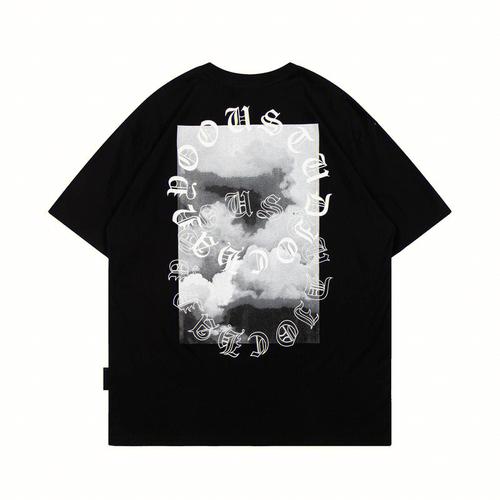Fabric plays an important role in clothing design, and different fabrics have different characteristics and uses. The following will introduce five common fabrics, compare their characteristics, and provide purchasing suggestions.
1. Cotton cloth: Cotton cloth is a natural fiber fabric with good air permeability and moisture absorption. It is soft and comfortable, suitable for spring and summer clothing production. Cotton is easy to clean and maintain, but it wrinkles easily and is not resistant to wear and tear. When purchasing, you can pay attention to the weight and density of the fabric. High-density cotton is more durable.
2. Linen: Linen is a natural fiber fabric that is light, breathable and moisture-absorbent. It is often used in summer clothing making, giving it a refreshing and natural look. However, linen wrinkles and deforms easily, is not very wear-resistant, and requires careful selection and maintenance.
3. Silk: Silk is a luxurious natural fiber fabric known for its luster and softness. Silk has high breathability and moisture absorption, making it suitable for summer and warm climates. However, silk wrinkles easily and requires special care in handling and cleaning. When purchasing silk, you can pay attention to the gloss and feel of the fabric. High-end silk usually has better quality.
4. Polyester: Polyester is a synthetic fiber fabric that is wear-resistant, elastic and wrinkle-resistant. It is a common fabric suitable for all types of clothing production. Polyester is easy to clean and dries quickly, but it is not breathable and prone to static electricity. When purchasing polyester fabrics, you can pay attention to the texture and feel of the fabric. High-quality polyester fabrics are usually more comfortable.
5. Nylon: Nylon is a synthetic fiber fabric that is lightweight, wear-resistant and wrinkle-resistant. It is often used in sportswear and outdoor clothing because it has good waterproof and breathable properties. However, nylon is not breathable and can easily generate static electricity. When purchasing nylon fabrics, you can pay attention to the density of the fabric and the textile process. High-density nylon fabrics are usually more durable.
When purchasing fabrics, in addition to considering the characteristics of the fabric, you should also choose the appropriate fabric according to the purpose of the clothing and the season. For example, summer clothing needs to have good breathability and moisture absorption, so you can choose natural fiber fabrics such as cotton, linen, or silk; while winter clothing needs to be warm, you can choose polyester or blended fabrics. In addition, you should also pay attention to the quality and feel of the fabric. Choosing high-quality fabrics can extend the service life of the clothing. It’s best to touch the fabric to get a feel for its texture and comfort before buying. In addition, it is also important to pay attention to the weight, density and color fastness of the fabric. These factors will affect the quality and comfort of the garment.
In short, understanding the characteristics and purchasing suggestions of different fabrics will help you make wise choices when purchasing clothing. Depending on the garment’s use, season, and personal preference, choosing the right fabric can improve a garment’s comfort and durability.






